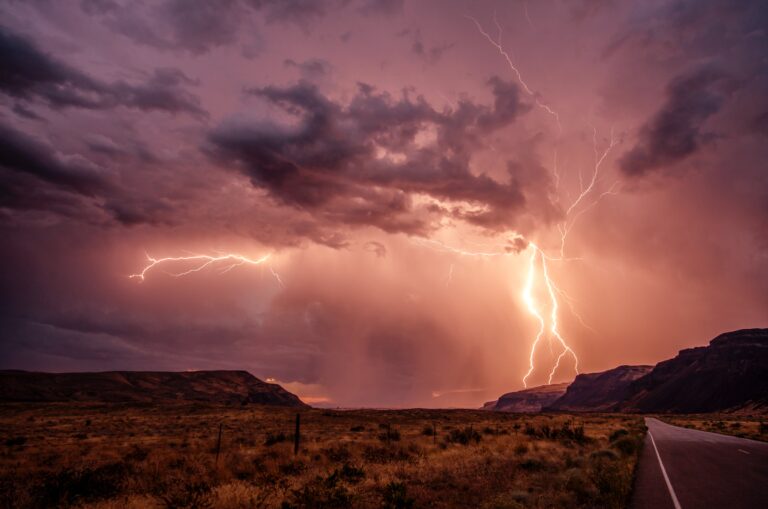It’s the only island in the world to go 100% renewable for a month. Here’s how they did it.

If you’ve ever been to Spain’s Canary Islands — which lie off the African coast near southern Morocco — you will know how spectacular they are. Volcanoes, some of them active, thrust into the sky and blond beaches attract millions of travelers from Europe and beyond.
And now one of them has proved to be spectacular in another way: tiny El Hierro (population 10,000) has become the only island in the world to have functioned for 28 days in a row using renewable energy, in this case from wind and water.
READ MORE: A Small Island Ponders Its Wind Potential — And Its Birds
READ MORE: The World’s Glaciers And Ice Sheets Are Belching — And That’s A Big Problem
Not only that, but it has employed its location and topography to create an unusual route away from using fossil fuels for power generation.
First of all, being a small island in the Atlantic, it has plenty of ocean breezes. And then it is mountainous, with steep hills. And so it has combined wind generation with the power of gravity to create a pumped-storage hydroelectric system. In other words, it uses wind power to pump water into a reservoir which then can be released to drive turbines to produce electricity. This means that when the wind subsides, the water can be released and power keeps on coming.
The project is called Gorona del Viento (Wind-Powered Hydro) and was started in 2014 as a public-private venture with funding from Spain, the European Union and Spanish electricity giant Endesa (ELEZY).
Spokeswoman Cristina Morales provided more details to The World: “We use [the wind-generated power] to pump desalinated water — 2,500 cubic liters per hour — from a low reservoir up to another high on the mountainside. Then, we release that water down through turbines. This generates whatever electricity shortfall we might have.”
On windy days, the outlet reported, five giant windmills can provide much of the island’s electricity as well as pumping water to the higher reservoir. On days when there’s little wind, stored water can be released to compensate. And if the wind stops altogether, the upper reservoir — which is 2,100 feet above the lower one — can keep El Hierro’s lights on for up to three days.
And, if everything works out, for 28.
More from ClimateCrisis 247
- AI Data Centers Face Unexpected Risk
- Nvidia Works To Help AI’s Greatest Trouble
- Three Mile Island 1979 Meltdown Crippled US Nuclear For 50 Years
- World Leaders Abandon Green Plans, Climate Threats Grow





